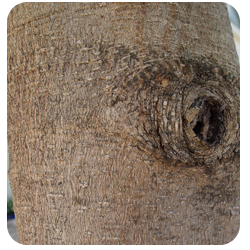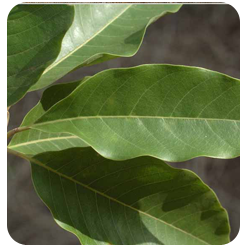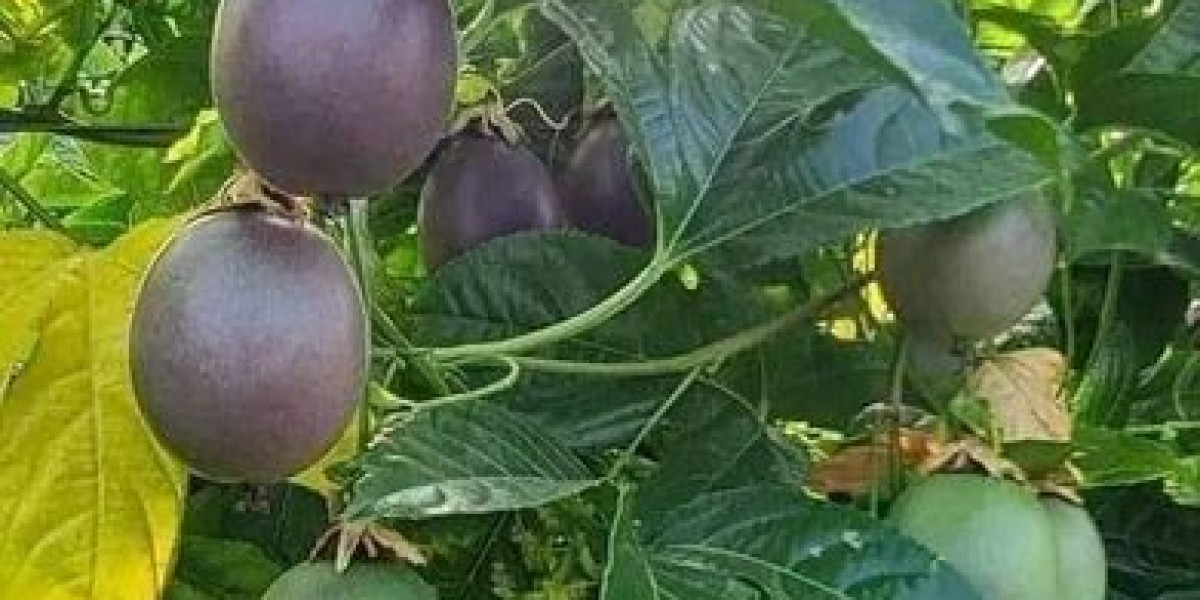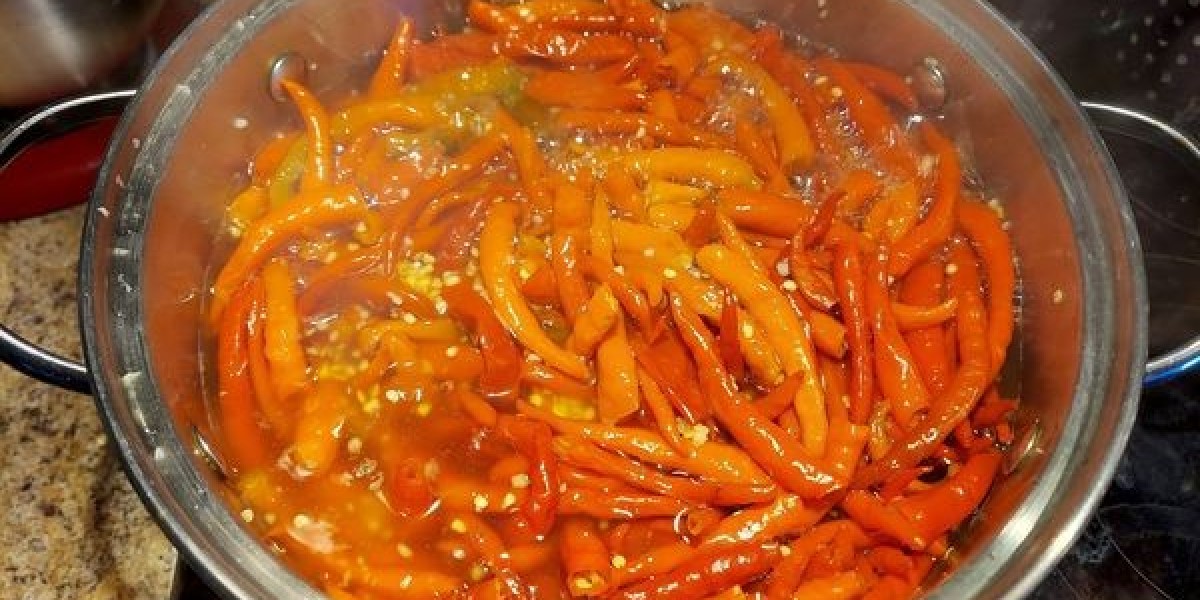Scientific name: Michelia champaca
Distribution: The tree is wide spread all over tropical Asia. It is wild in the forests of the eastern sub Himalayan zone from Nepal eastwards along the foothills up to 900m, including West Bengal and Assam. It is also found in the Westernghats from Karnataka to Kerala. It is extensively cultivated in all parts of India and Myanmar.
Climate: Maximum shade temperate varies from 37.5oC - 47.5 oC and absolute minimum temperature varies from 0 oC to 17.5 oC. Rainfall varies from 2250 – 5000 mm and relative humidity varies from 80 – 90% in July and in January 60 – 80 %. It performs well in an altitude of 500 -1500m above msl.
Geology and soil: It is well suited for sandy loam soil and also it occurs on moist deep, well drained, good quality soil.
Silvicultural characteristic: The tree is a light demander and coppices well upto a fair size and it does not produce root sucker. Young plants will be affected by drought and does not tolerate water logged condition and is sensitive to fire. The tree is frost hardy. Hailstorms, which occur in March-April, destroy the flowers and the young fruits and are subject to damage by animals.
 |  |  |
Bark | Leaves | Flower |
Nursery practices: Ripe fruits are collected from the trees in August-September. Seeds should be cleaned and dried in the shade. Experiments at the F.R.I indicate that the seed should be sown within two weeks of collection as it loses its viability very rapidly.
Seeds are sown in August – September in shaded nursery beds for protection against the sun, either nursery beds for protection against the sun, either broadcast or in drills 8-10 cm apart, with a thin layer of earth sprinkled over the seeds. The shade is removed by June of the following year. Thatch grass or brushwood may sometimes be spread over the bed to hasten germination.
Planting Method: The most successful method of propagating M.champaca is by planting out nearly one year old seedlings at the break of the monsoon of the following year. Planting out with ball of earth or with naked roots, though success chiefly depends upon congenial planting weather. The ball of earth being 7.5 to 10cm in diameter and 15cm long.
Spacing: The spacing adopted is 1.8 x 1.8m in West Bengal and 2.4 x 2.4 m in Assam. Weedings will not be required after the second or third year, as the plantation closes up rapidly. The first thinning in well-stocked plantations will normally be required in the 5th year if the spacing is about 1.8m x 1.8m.
Injuries and protection:
1. Fire: It is very sensitive to fire, and even large trees will die on being exposed to a low ground fire.
2. Insects: Michelia champaca is subject to the attacks by Urostylis punctigera, the champ bug, occurs as a pest, causing appreciable damage in pure plantations and it produces five generations in a year.
The nymphs suck the sap of newly formed leaves and tender shoots which are drained of sap and wither. The adult sucks the petioles and green shoots, as also the main stem of the young tree. Because of its size and longer life, the adult causes more damage than the nymph. It first appeared as a pest of pure champ plantations in north Bengal in 1927. About 1/3 of the total extent affected mostly before the first thinning.
Control Measures: A mixture of champ with other non-susceptible species will appreciably prevent intrusion. Young plantations should be frequently inspected, so that direct remedial measures may be adopted to destroy or restrict the centres of multiplication and spread. Spacing with a suitable mixture, such as nicotine sulphate 1 part and soap 1.8 kg in 450 litres of water is helpul.
Biological control: The natural enemies of the bug such as Pachyneuron pentatomivora, a parasite and Calvia tricolor a predator, they can be introduced. Red ants collected and freed from a sack then it will kill and eat all the bugs of U.punctigera and made new nests on the champ, spreading over a huge area. In Assam, Loranthus attack has been reported in M.champaca plantations.
Uses: It is an excellent timber for light furniture and for all indoor works. It is accepted as suitable for the manufacture of grade I commercial and moisture proof plywood and plywood tea-chests. It is also suitable for heavy packing cases, superior type boxes, battery separators and pencils.
A variety of camphor is extracted from the wood by distillation. Special tests indicate that all Indian Michelia species may make good substitutes for sitka spruce for aircraft work.
#credit https://agritech.tnau.ac.in/forestry/timber_sempagam.html



